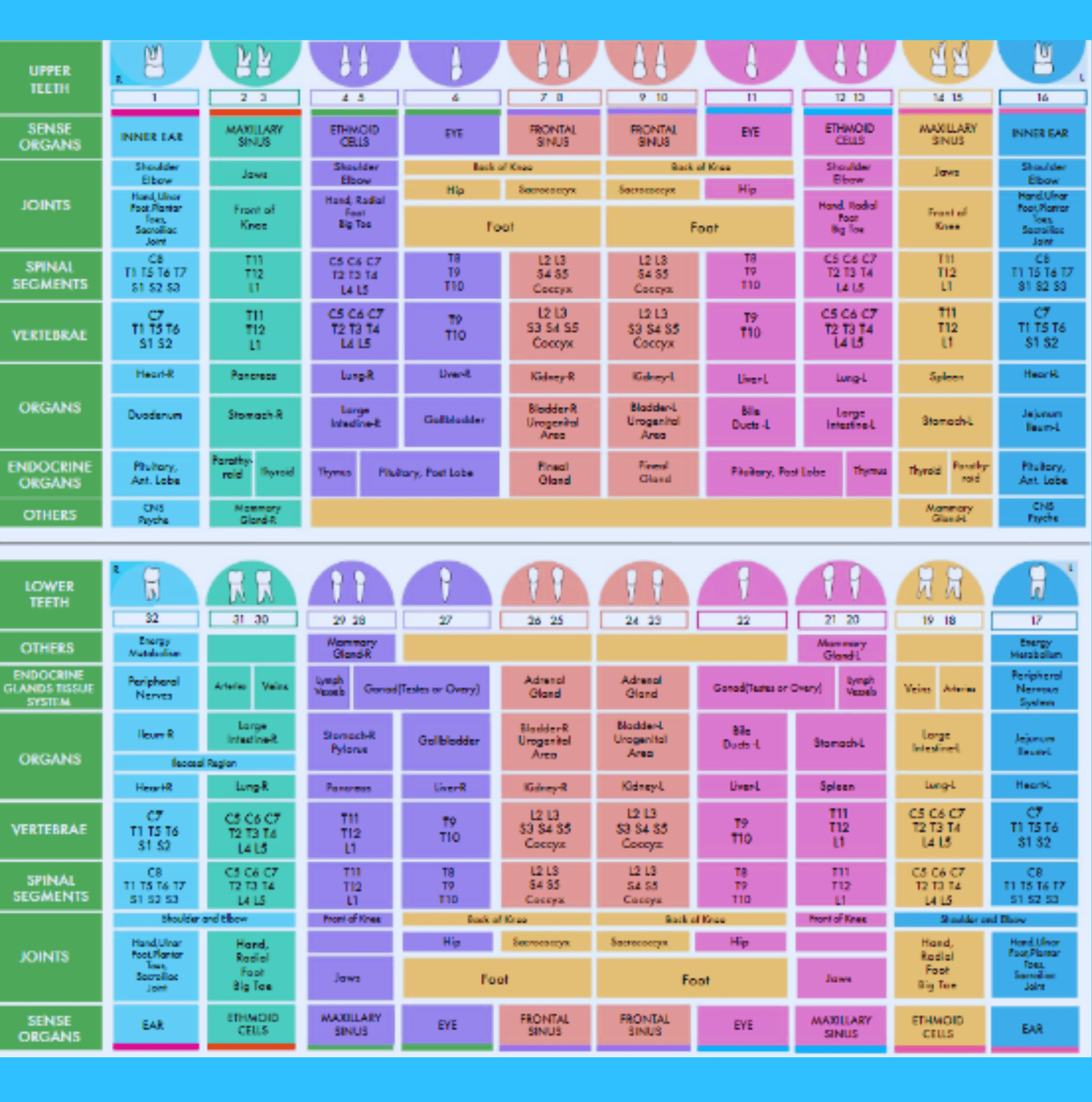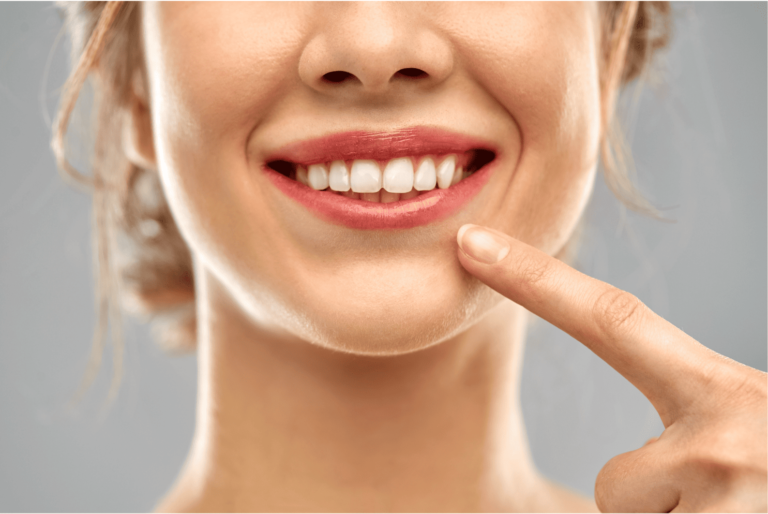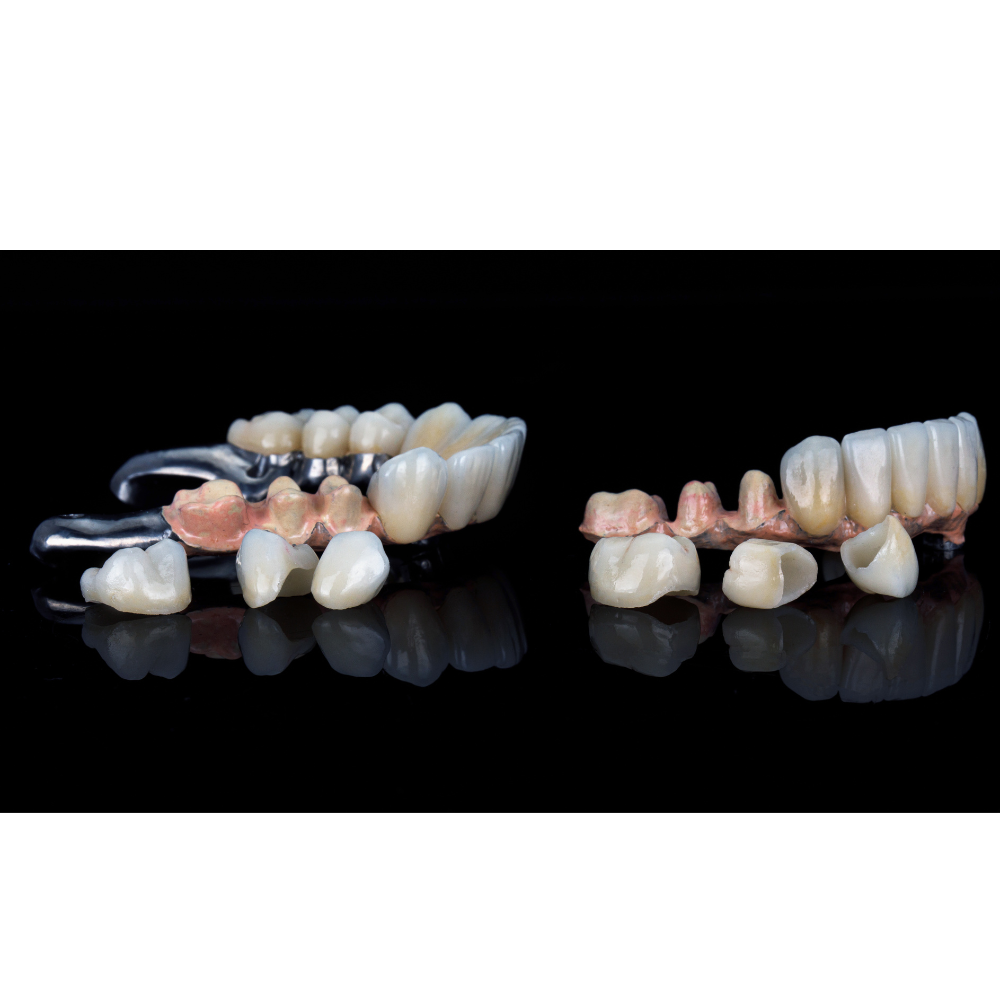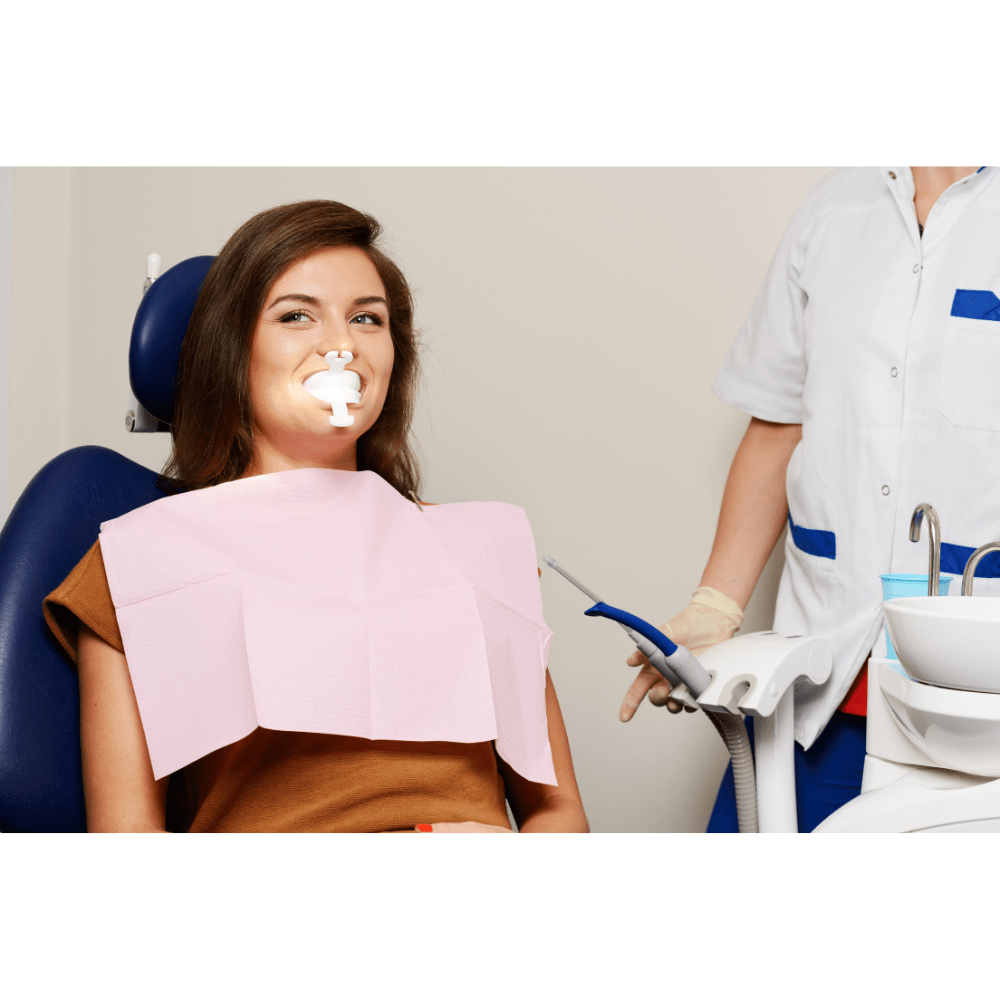What Are Tooth Meridians Charts? | Understand Teeth And Organs Connectivity
Many people are curious about how their teeth might be linked to different aspects of their health. Here you will discover the connection between teeth and organs, and how taking care of your teeth could affect your general health by exploring tooth meridian charts and different tooth organs. This holistic approach of tooth meridians encourages us to see dental care as a very important part of maintaining a healthy body.
What Is The Connection Between Teeth And Organs?
The connection between teeth and organs is based on the idea that dental health can influence overall health. Issues in specific teeth can indicate problems in corresponding organs. For example, problems with molars might reflect digestive issues, while issues with front teeth could be linked to kidney or bladder problems. This concept helps in diagnosing and understanding health conditions through dental health.
Teeth And Corresponding Organs
Teeth and their corresponding organs are connected through the concept of tooth meridians. Here is a list of teeth and the organs they are believed to correspond with:
- Incisors: Kidney, bladder, ears
- Canines: Liver, gallbladder, eyes
- Premolars: Lungs, large intestine
- Molars: Stomach, spleen, pancreas
- Wisdom Teeth: Heart, small intestine
What Are Tooth Meridians Charts?
Tooth meridian charts are also known as Chinese tooth charts and acupuncture tooth charts. They illustrate the connections between individual teeth and specific organs or systems in the body. They are based on the principles of traditional Chinese medicine. These charts suggest that dental issues might be related to problems in corresponding organs.
Tooth Organ Chart
Here is the image of the tooth organ chart that better helps to understand this dental mystery.

Why Is The Chinese Tooth Chart Important In Dentistry?
The Chinese tooth chart is important in dentistry because it helps in understanding the potential links between dental health and overall bodily health.
Dentists can use this chart to identify possible systemic issues that can manifest through dental symptoms that allow for a more holistic approach to patient care. It can also provide insights that go beyond traditional dental diagnostics which promotes comprehensive health assessments.
FAQs
Which Tooth Is Lucky?
A common belief is that a pulled wisdom tooth can serve as a lucky charm. While there isn’t much to back the idea of counting teeth for luck, Pulling out a wisdom tooth is seen by some as an easy way to bring good fortune.
Another myth suggests that if your wisdom teeth come in late, it indicates you will enjoy a long life. Though these are interesting beliefs, it’s important to note that they are myths and not scientifically proven.
What Is The Chinese Tooth Tradition?
The Chinese tooth tradition marks the first tooth eruption as a significant milestone in a child’s life. They celebrate it with customs and rituals. It also involves beliefs like specific teeth thought to be linked to various organs in the body. This tradition has influenced practices such as the development of tooth meridian charts, which map out these supposed connections.
Is Gap Teeth Lucky?
Some cultures consider gap teeth lucky, it’s more of a cultural belief than a scientific fact. In some traditions, gap teeth are associated with wealth or good fortune. However, in modern dentistry, the perception of luckiness related to gap teeth varies from person to person.
What Is Tooth 19 Called?
Tooth 19 is referred to as the first molar. It is located in the upper jaw, on the right side, and is the second tooth back from the midline. Dentists use a numerical system to identify each tooth. With tooth 19 is part of this system for easy reference during dental procedures.
What Do Teeth Symbolize Spiritually?
From a spiritual perspective, teeth are seen as symbolic repositories. They contribute to one’s spiritual development and growth. They hold significance beyond their physical function which embodies strength, resilience, and vitality, and are often associated with communication and expression.



